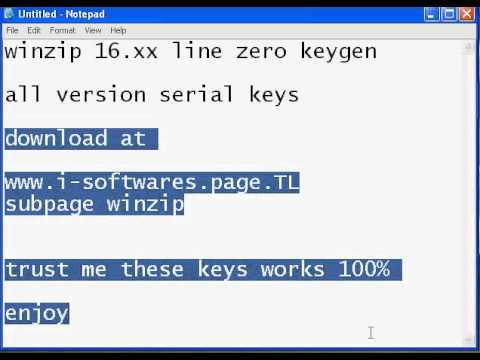
This also allows you to replace your groupings, which is great. This gives me the flexibility I’ve been missing, and I’m betting you’ll notice a huge difference in utility as well. Going down the list, I can assign all of these cost accounts to the new code. I go to my cost account column, and I start replacing the cost accounts with Assignment Codes. Time to replace cost accounts with something much easier and more flexible for the long-term. (Note that I actually have more than 100 cost accounts, so I didn’t put them all in for the example.) From there, I’m ready to replace resource codes with something much more effective.Ĭheck it out … How Do You Replace Cost Accounts with Resource Codes? It looks a lot like the cost account structure I had initially. Once I did that, I assigned some of the cost accounts there, using a hierarchy to mimic my cost account structure exactly. I called it “Cost Accounts for the Project-GWP,” the name of my project. To start, I created a new Assignment Code. Turns out, however, as soon as I played with Assignment Codes, I realized their immense value. I mean, don’t we have enough “codes” already, people? It is located on the Enterprise menu, under “Assignment Codes.” Now, when I first saw these, I did complain a bit, I admit. Why and How Do You Use Primavera P6 Assignment Codes?īriefly, this is a new feature you’ll find in Primavera P6 version 20.12. So, now what? Time for our new Assignment Codes. (Here’s a trick to quickly export this all to Excel) Once these are all set up, I can go to my Resource Assignments screen and group all resource assignments by cost account, which gives me the breakdown of all the costs in the project by cost account.

It’s important to group these costs together because they sometimes get charged to the specific expense accounts on the cost side. Under the Enterprise menu, Cost Accounts, I set up all these different cost accounts so that we can track those and group them into different cost buckets as per the bid. Now, I also broke out those costs by cost account. Of course, I won’t rehas the benefits of cost-loading your P6 schedules – I did that already here. (If you want the details of that, you can check out the course.) The main thing to understand is that every activity has a cost, and when we total all of the costs, they equal the contract value. We basically assign a cost to every work activity in the schedule, then add them up by cost account. In the video, I demonstrate this concept using a project from my Advanced P6 Schedule Building course.


 0 kommentar(er)
0 kommentar(er)
